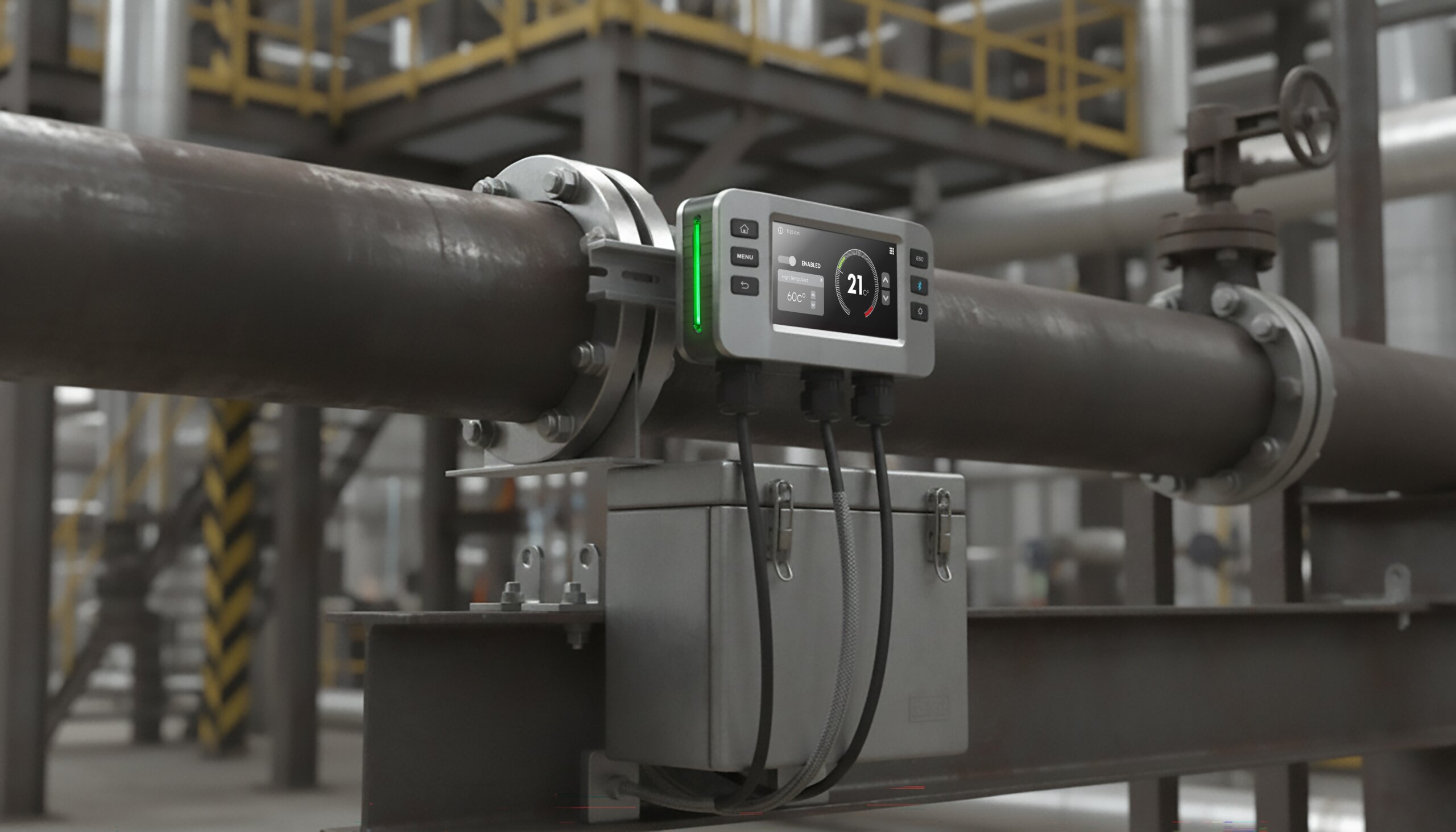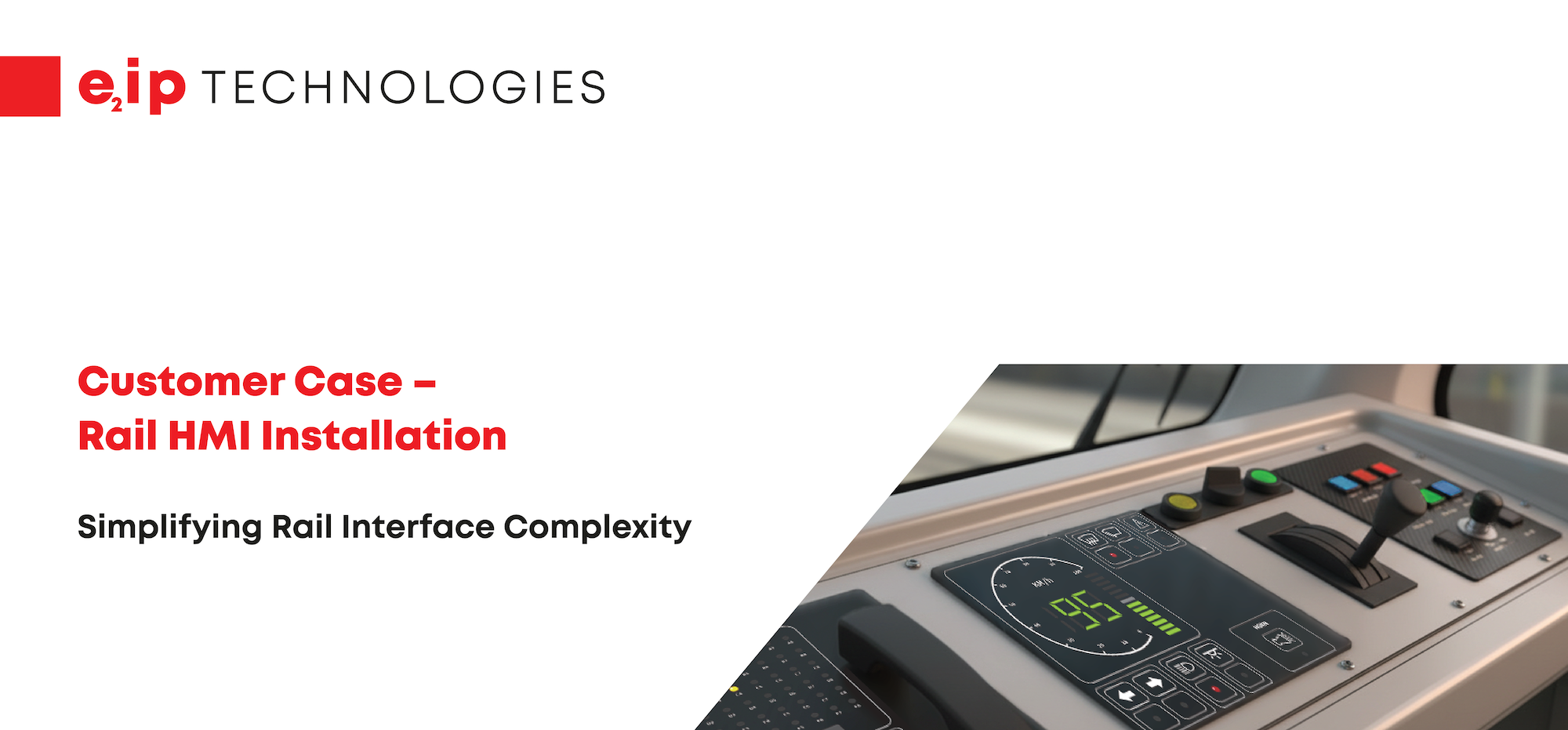People like to throw the term around, but in practice, what Industry 4.0 really means is decisions made in real time and acted on in real time. Machines, systems, and operators all working from the same live data, without waiting for someone to pass along a note or hold a meeting.
It’s not complicated to picture. A camera spots a defect before the next part leaves the station. A machine makes a micro-adjustment on the fly. A supply chain reroutes product before the shortage even hits the loading dock. According to the Industry 4.0 BDC reports, the expectations around Industry 4.0 adoption have huge implications.
What Is Industry 4.0?
The history matters here. The First Industrial Revolution was all about steam engines driving the looms, pumps, and presses that finally pulled production out of small workshops and into purpose-built facilities. The Second Industrial Revolution brought electricity and assembly lines, turning factories into high-output operations capable of mass production on a scale no one had seen before. Then came the Third Industrial Revolution, often called the “digital revolution” when electronics and computers became ubiquitous everywhere from the sales office to the factory floor reshaping how work was done, cutting manufacturing process labour needs in some areas while boosting precision and speed in others.
Now we’re in the Fourth Industrial Revolution (Industry 4.0), where smart and autonomous systems are quickly making their way into production lines, and other business processes, with profound effect.
It’s not just automation, it’s smart manufacturing: machines, sensors, and artificial intelligence connected into a single nervous system that can see, think, and act. This is where cyber-physical systems bridge the gap between the physical world of machines and the digital technologies that drive them. It’s digital transformation at its most tangible.
The vision of a smart factory today is one where the production process is augmented by machine learning from its own data, adapts processes in real time, and integrates with supply chain and design systems. The physical and digital layers move together, as if they were built as one.
Advantages of Industry 4.0
The advantages of Industry 4.0 aren’t hypothetical. They’re measured in manufacturing efficiency; hours of uptime, percentage points of yield, and fewer pallets of rework sitting by the scrap bin.
Predictive maintenance is a simple example. Instead of letting a worn bearing wreck a line mid-week, you swap it during a scheduled stop. Same with automated inspection. Catch the flaw as it happens and adjust, rather than producing a day’s worth of bad product.
That’s where our Edge AI Sensing Kit pulls its weight. It’s compact. Runs on little power. Has a high-sensitivity camera sensor feeding a neural processor that chews through vision data right there on the floor. No cloud hand-off, no bottleneck. You can load it with YOLO or a custom model, point it at a process, and it starts delivering results before anyone’s had time to print a dashboard.
Challenges for Industry 4.0
All the new technologies that are contributing to Industry 4.0 aren’t magic switches.
Some of your gear can’t talk to anything modern without retrofits. That costs. People won’t trust new systems overnight. Cybersecurity can’t be an afterthought when every extra device is a possible entry point. And yes, capital budgets are always tight, even when the math says the payback’s there.
The fix? Start small. Pick a point where you know an improvement will show up on the balance sheet fast.
Big Data: Challenges and Opportunities
Industry 4.0 isn’t just about sensors and robotics — it’s about the way we analyze data and act on it. Cloud computing connects plants to centralized intelligence, while additive manufacturing puts complex parts into production without the usual lead times. With better data analysis and big data feeding decision-making, it’s possible to design more efficient manufacturing processes and fine-tune existing ones to be a truly efficient.
Advanced technologies like enterprise resource planning systems tied to real-time data analytics make it possible to see the whole operation in one view, from raw materials to delivery. Programmable logic controllers remain the backbone on the floor, but embedding programmable logic controllers into smart machines now adds adaptability that wasn’t there before. The goal is to optimize processes using everything from advanced simulation software applications to tighter supply chain management. The result? An efficient supply chain that moves with the same speed and accuracy as the production line.
In a digital manufacturing setup, production data flows through mobile devices, control stations, and planning systems without delay, keeping every level of the operation working from the same real time data.
How e2ip Is Building the Future of Digital Transformation
Rolling out Industry 4.0 isn’t a one-shot overhaul. It’s a series of wins. You fix the obvious pain points first and then build from there.
That’s our approach with partners. Solve the pressing problem, prove the result, and connect those wins into a system that’s faster, smarter, and harder to break. The Edge AI Sensing Kit is often the first piece in that puzzle. Quick to deploy. Easy to adapt. Capable of changing the economics of a process almost overnight.
If you’ve got a weak link in production, we can shore it up. If your visibility ends halfway down the line, we can extend it. Contact us and we’ll figure out where Edge AI and our SMART STRUCTURAL SURFACES™ can help your operations the most.



